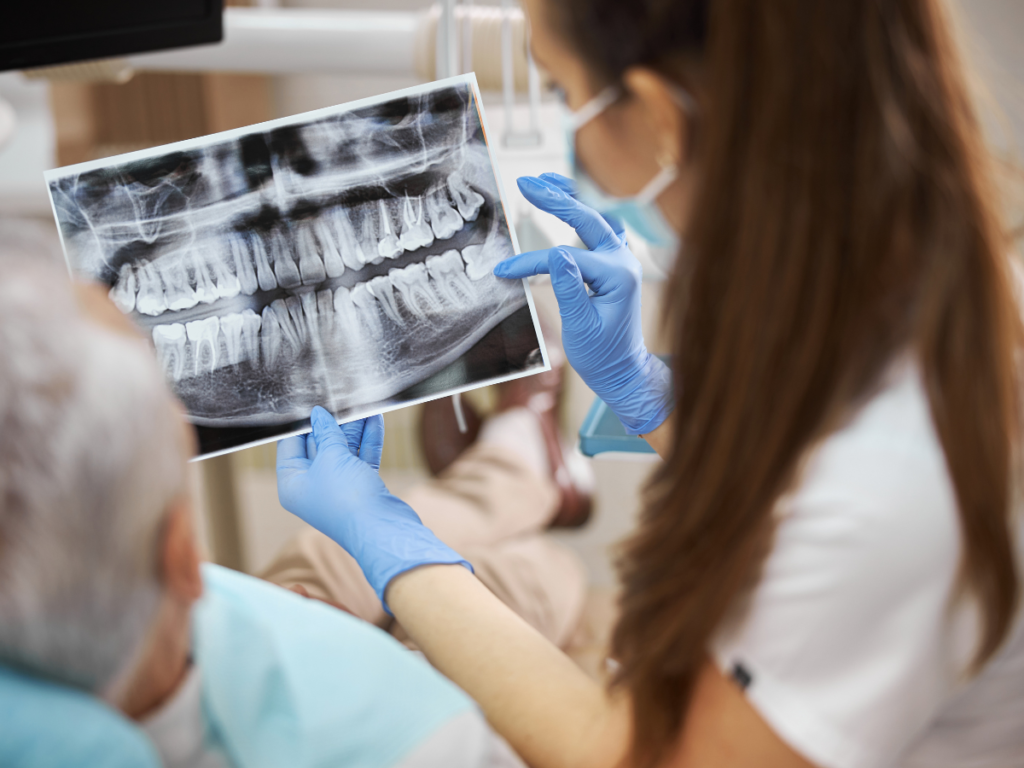Who needs bone grafting?

When it comes to dental health, sometimes it’s not just about straightening teeth or filling a cavity. Sometimes, our oral health requires more extensive procedures, such as bone grafting. Bone grafting is a procedure in which a dentist or oral surgeon adds bone tissue to the jawbone to help it heal or grow more robust.
There are several reasons why someone may need a bone graft in their dental treatment plan. One common reason is tooth loss. When a tooth is missing, the jawbone underneath it may begin to deteriorate since the roots of the tooth are no longer stimulating it. In these cases, bone grafting can help regenerate the bone and prevent further deterioration.
Another reason for needing a bone graft is periodontal disease. This is a severe infection of the gums that can spread to the bones supporting the teeth. If left untreated, it can cause the gum tissues to pull away from the teeth, creating pockets that can become infected. Bone grafting can help support the teeth and prevent further bone loss.
Jawbone deterioration is another reason why someone may need a bone graft. This can occur due to trauma, severe gum disease, or an infection in the jawbone. In these cases, bone grafting can help rebuild the jawbone, which is essential for maintaining facial structure and a healthy mouth.
When it comes to bone grafting procedures, several different types are available. Autografts are bone grafts from the patient’s body, usually from another part of the jaw or hip bone. Allografts are bone grafts from donors, usually friends. Finally, xenografts are bone grafts from animals, usually cows or pigs.
The type of bone grafting used depends on the individual case and what the dentist deems the best option. Howekindsall types of bone grafting work similarly by encouraging the growth of new bone tissue in the jaw.
The benefits of bone grafting are clear. This procedure can improve dental health, increase bite strength, and support dental implants or other restorative treatments. Bone grafting can also help preserve the jawbone and prevent the need for more extensive treatment in the future.
Despite its benefits, bone grafting is a significant surgical procedure. Patients can expect to feel some discomfort during and after the procedure. However, following the dentist’s aftercare instructions can help ensure successful healing.
In conclusion, bone grafting is necessary for some individuals who suffer from tooth loss, periodontal disease, or jawbone deterioration. With today’s advanced dental technology, bone grafting is a safe and effective way to restore a healthy and beautiful smile.
Submit your review | |




